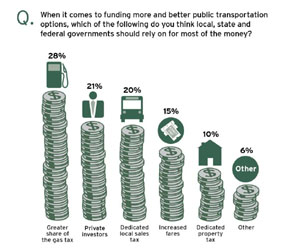El Niño Expected to Impact Most Americans

The Weather Network’s meteorologists released their Winter Forecast Thursday, forecasting the months of December, January and February.
While milder than normal weather is expected to dominate December for the northern half of the U.S., more typical wintry weather is likely to emerge in January and especially February from the Great Lakes to the Mid-Atlantic States.
The expected winter weather pattern is partly due to strong El Niño conditions that will leave a large footprint across much of the United States. A significant driver of this year’s Winter Forecast, this El Niño event is establishing itself as one of the strongest since 1950.
[ What Is the Effect of Climate Change on Children? ]
“Winter will start with typical El Niño characteristics across the country, but unique aspects of this El Niño could make for some harsher winter weather in the New Year,” said Chris Scott, chief meteorologist at The Weather Network.
Above normal temperatures are expected from the Pacific Northwest, across the northern Plains and into the Upper Midwest with fewer outbreaks of arctic air. In a tale of two winters across the Ohio Valley and Mid-Atlantic region, winter will start on the mild side but finish with a colder bite.
Meanwhile, the southern tier of the country will generally average below normal for temperatures, largely due to increased cloud cover and precipitation.
[ Decks Get Cleared for Climate Change Conference ]
Typical of El Niño, an active storm track is on the horizon for the southern tier of the country and up the East Coast bringing above average precipitation for these areas.
While this storm track will deliver beneficial moisture to southern California, those who reside along the Gulf Coast and especially Florida are more likely to see severe storms.
Residents from the southern Plains to the Mid-Atlantic and into New England should plan for an increased threat of wintry weather, especially during the second half of the season.
In contrast, less snowfall and overall drier than normal conditions are expected from the Pacific Northwest to the central Great Lakes.




